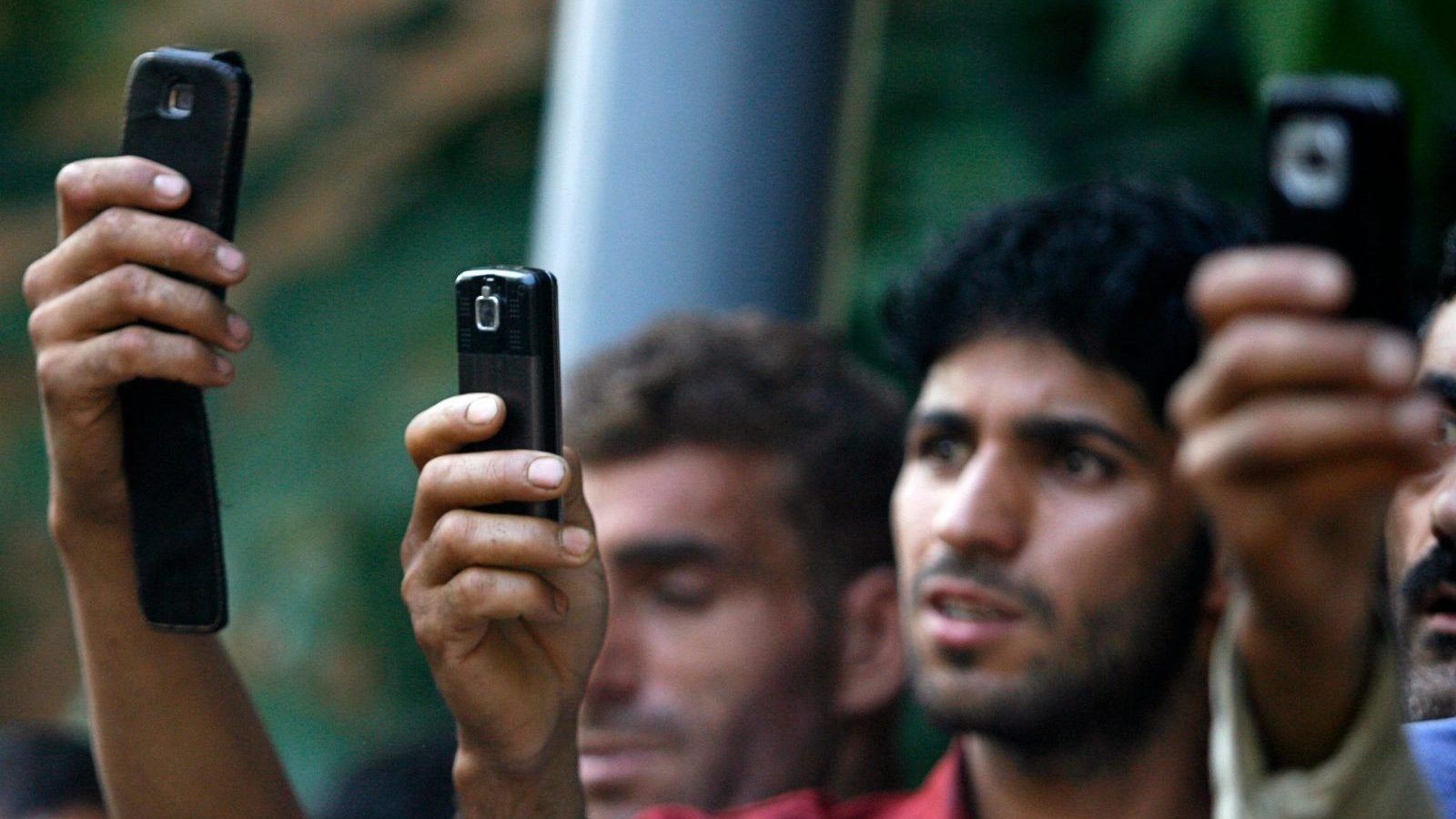Why Indians are choosing simple feature phones over smartphones
Reliance Jio is making Indians fall in love with good old feature phones all over again.


Reliance Jio is making Indians fall in love with good old feature phones all over again.
During the first quarter of 2018, India’s feature phone market doubled from a year ago while smartphone sales remained flat, data from Hong Kong-based market intelligence firm Counterpoint Research show.
The surge was mainly fueled by Mukesh Ambani-owned Reliance Jio which launched an “effectively free” 4G feature phone in 2017, along with extremely cheap data plans, said Tarun Pathak, associate director at Counterpoint. Jio stoked demand further when it launched an even cheaper 4G data plan this January at just Rs49 ($0.7) a month, with unlimited voice calling and 1GB data.
With its lucrative price point for high-speed internet, Jio has made its way into the gap between the low-cost 2G feature phones (priced around Rs500 or $7) and basic smartphones (priced around Rs3,000), Jaipal Singh, senior analyst at market research firm IDC India, told Quartz. So customers who once aspired to move from 2G feature phones to basic smartphones are instead now opting for 4G on Jio’s feature phones, Singh said.
This has helped the firm’s feature phone market share race from 0% last year to 36% by January-March 2018, according to Counterpoint.
The poor quality of low-end smartphones is also a factor in this. ”The lack of vernacular or regional content, UI (user interface), and good quality smartphones below Rs2,700 have been some of the driving factors for JioPhone’s growth,” Pathak said.
Fueling the market
Driven by feature phones, India’s overall mobile phone market grew 48% year-on-year in the first quarter of 2018, according to Counterpoint.
Smartphone sales, though, remained flat, particularly in the premium category (around Rs30,000). This was primarily because the quarter saw fewer smartphone launches, Counterpoint said.
“However, we expect demand to start picking up from early Q2 2018 onwards, driven by a faster replacement rate of existing 2G and 3G smartphone users upgrading to 4G mobile phones,” said Karn Chauhan, research analyst at Counterpoint.